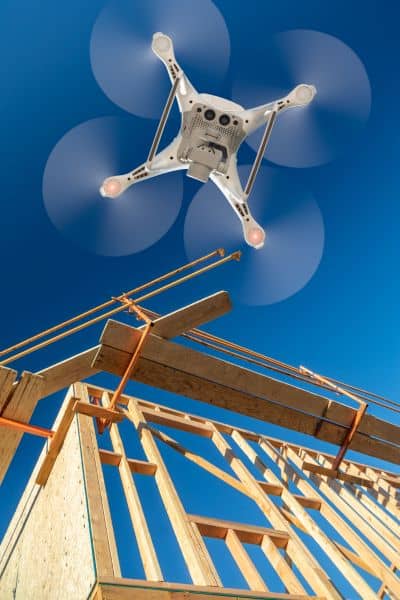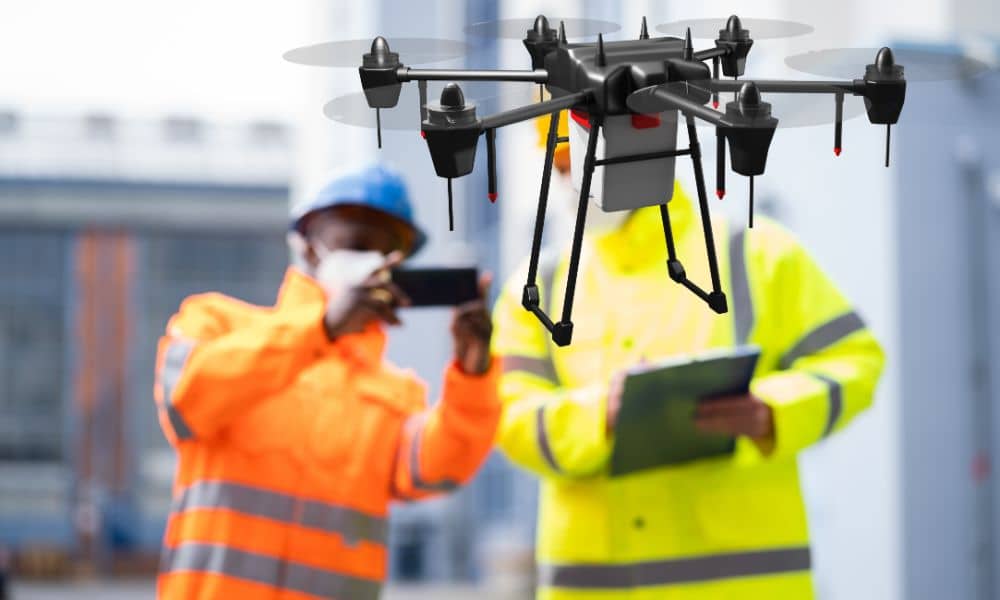
Drone surveying and LiDAR mapping are transforming the way we measure land. While traditional surveying—using tripods, tape measures, and GPS units—has been trusted for centuries, it can be slow, labor-intensive, and challenging in uneven or hard-to-reach terrain.
That’s where modern technology steps in.
With drones and LiDAR, surveyors can now capture accurate aerial data quickly and safely. These tools gather detailed images and elevation data in a fraction of the time, helping reduce delays and improve accuracy—ideal for large, complex projects across California.
LiDAR uses laser beams to scan the land and create detailed 3D maps. When it’s attached to a drone, it can fly over large areas and gather accurate data, even through trees or uneven ground. This makes it more reliable than regular aerial photos, especially for projects like road planning, flood zones, or utility layout. Drones and LiDAR are a powerful team because they work fast and cover a lot of ground safely.
Drone surveying with LiDAR is gaining popularity across California—and for good reason. Here are some of the top ways it’s being used:
In Roseville, developers are using drone-based LiDAR mapping to keep up with rapid urban growth. The technology helps identify safe building zones, manage drainage, and prepare accurate site plans. With drone surveys, projects move from concept to construction much faster and with fewer setbacks.
In Victorville, known for its desert landscape and open spaces, LiDAR mapping offers a clear advantage. The area’s uneven surfaces and limited road access can be tough for traditional survey crews. Drone-based LiDAR mapping in Victorville, CA makes it possible to scan large plots quickly, helping teams avoid hidden slopes or unstable ground.

Not all drone services are created equal. Whether you’re in Roseville, Victorville, or elsewhere in California, choosing the right team makes all the difference.
Is drone surveying legal near homes or businesses?
Yes, but drone pilots must follow FAA rules and fly safely. Licensed providers know how to navigate these requirements.
How accurate is drone LiDAR mapping?
Very accurate—often within a few centimeters. It’s ideal for projects that require high-precision data.
How long does a typical drone mapping project take?
It depends on size, but most projects are completed within 2–5 business days.
Can LiDAR be used in forested or hilly areas?
Absolutely. That’s one of its biggest strengths—it can “see” through vegetation and measure the actual ground surface.